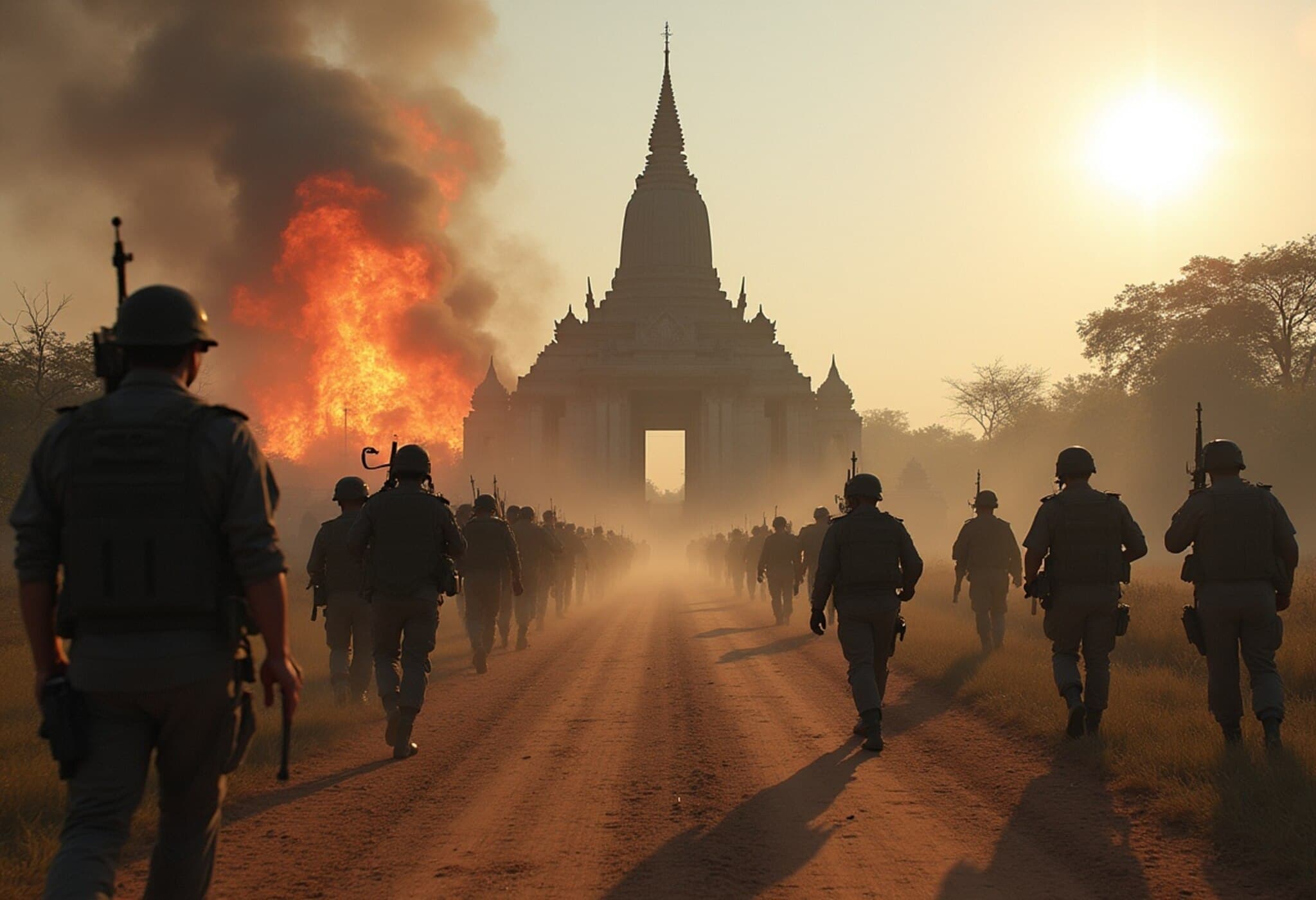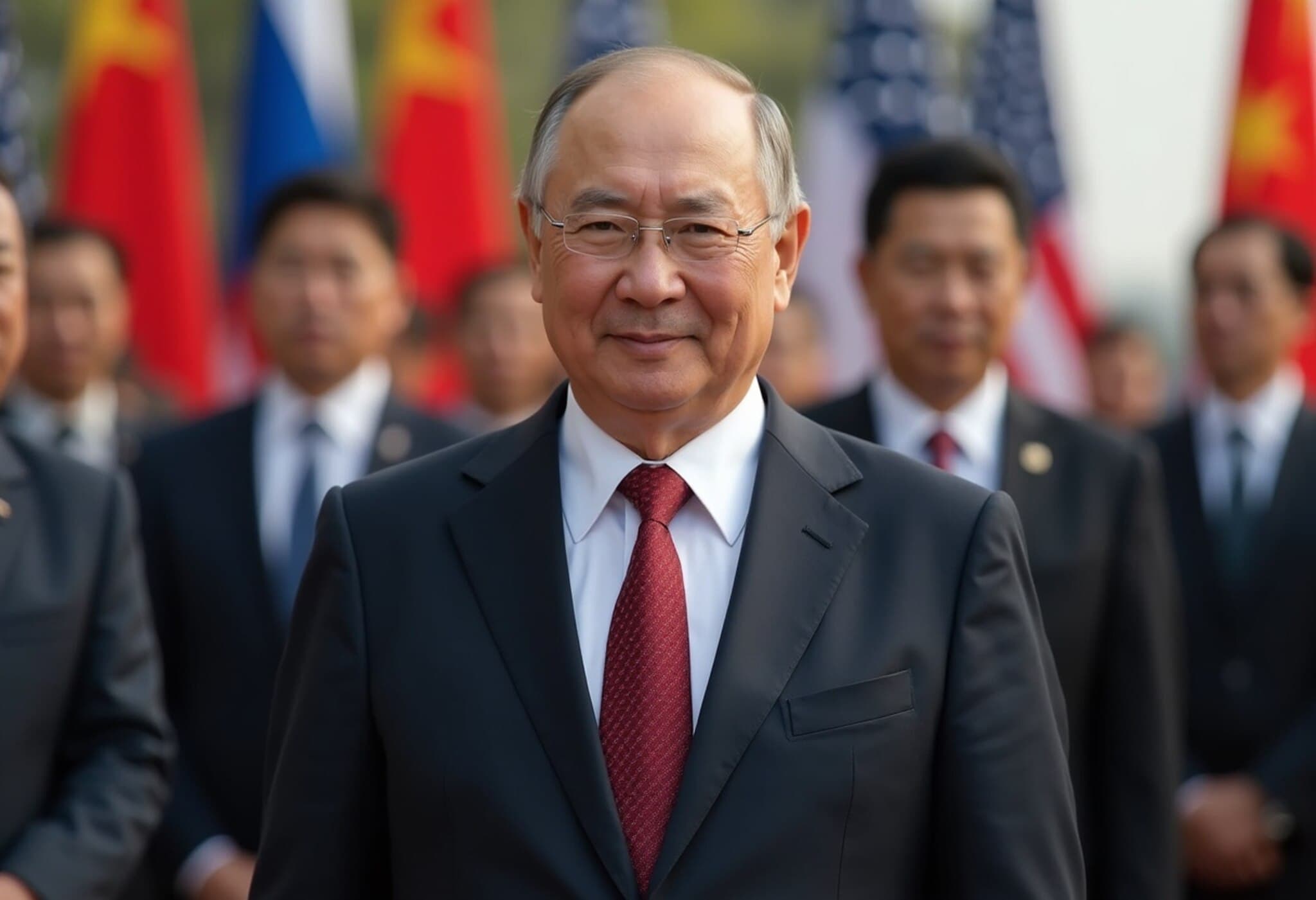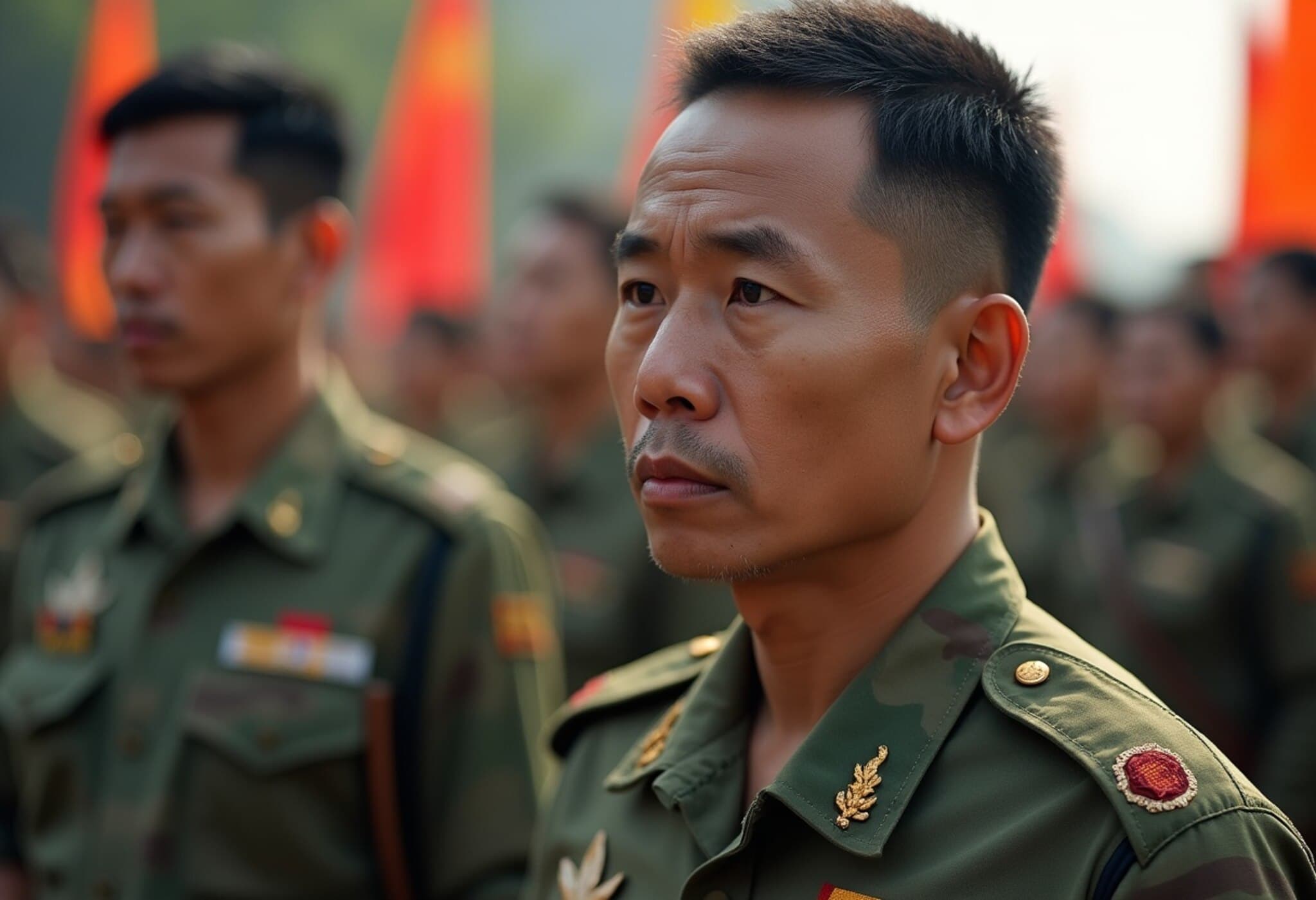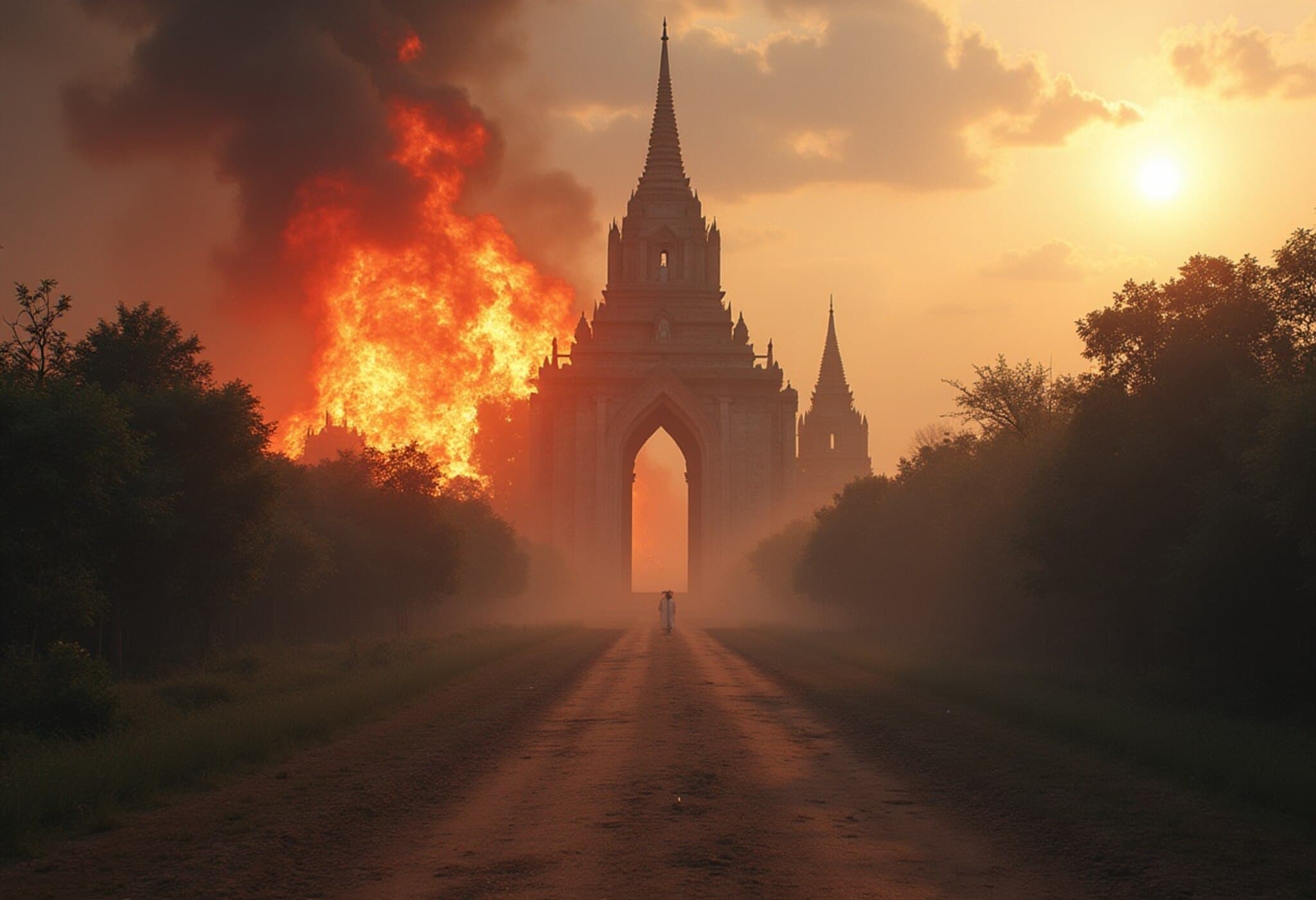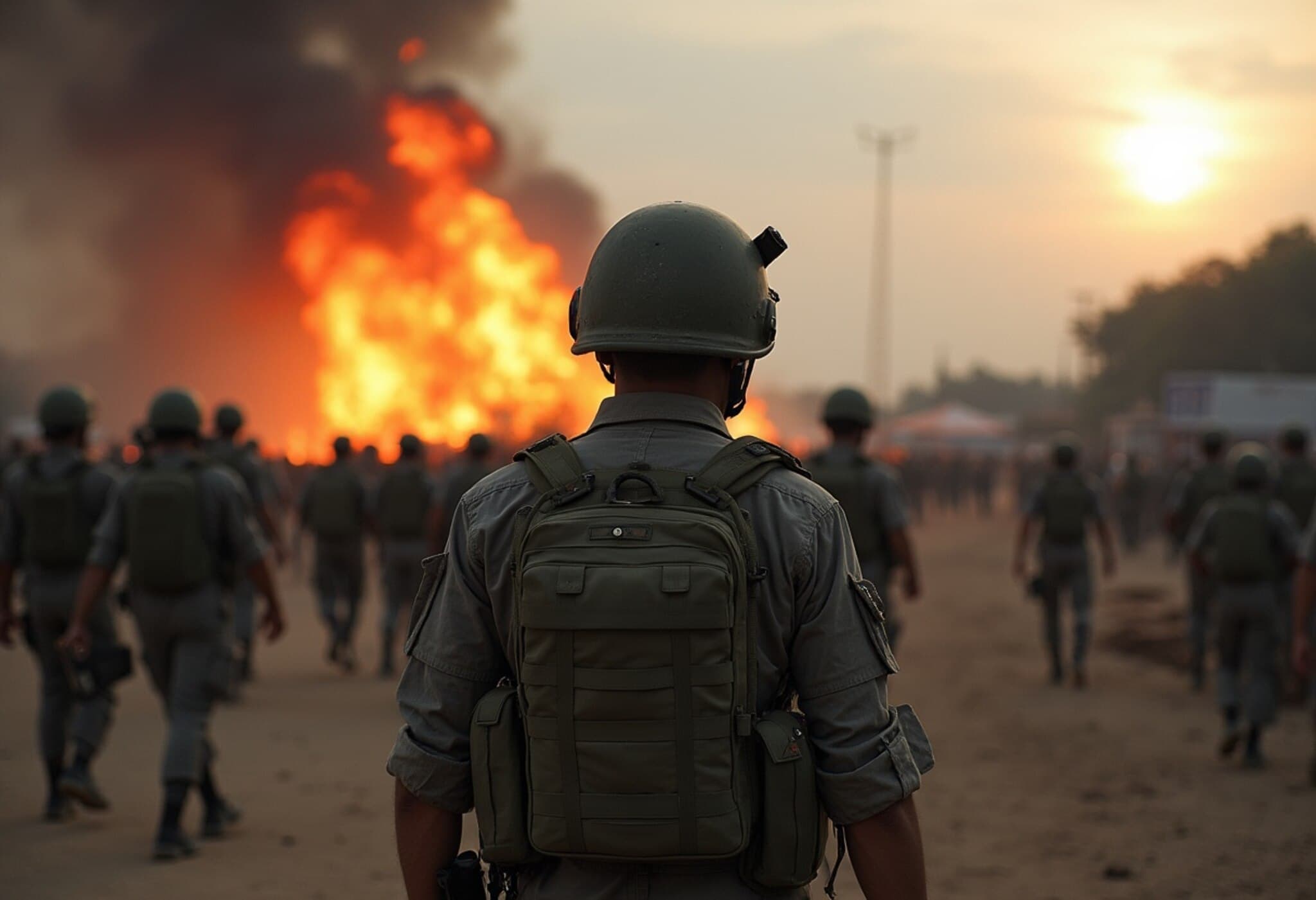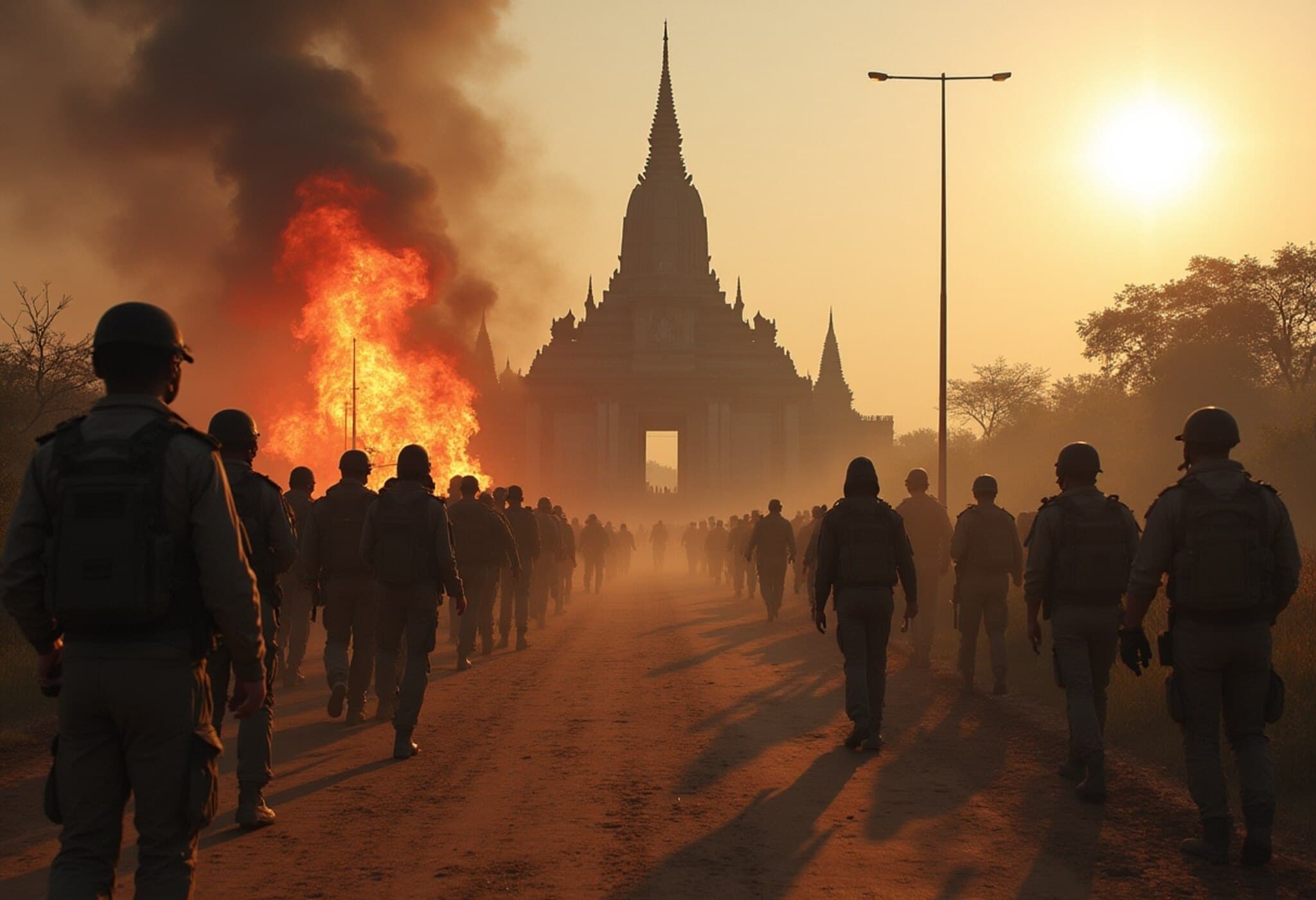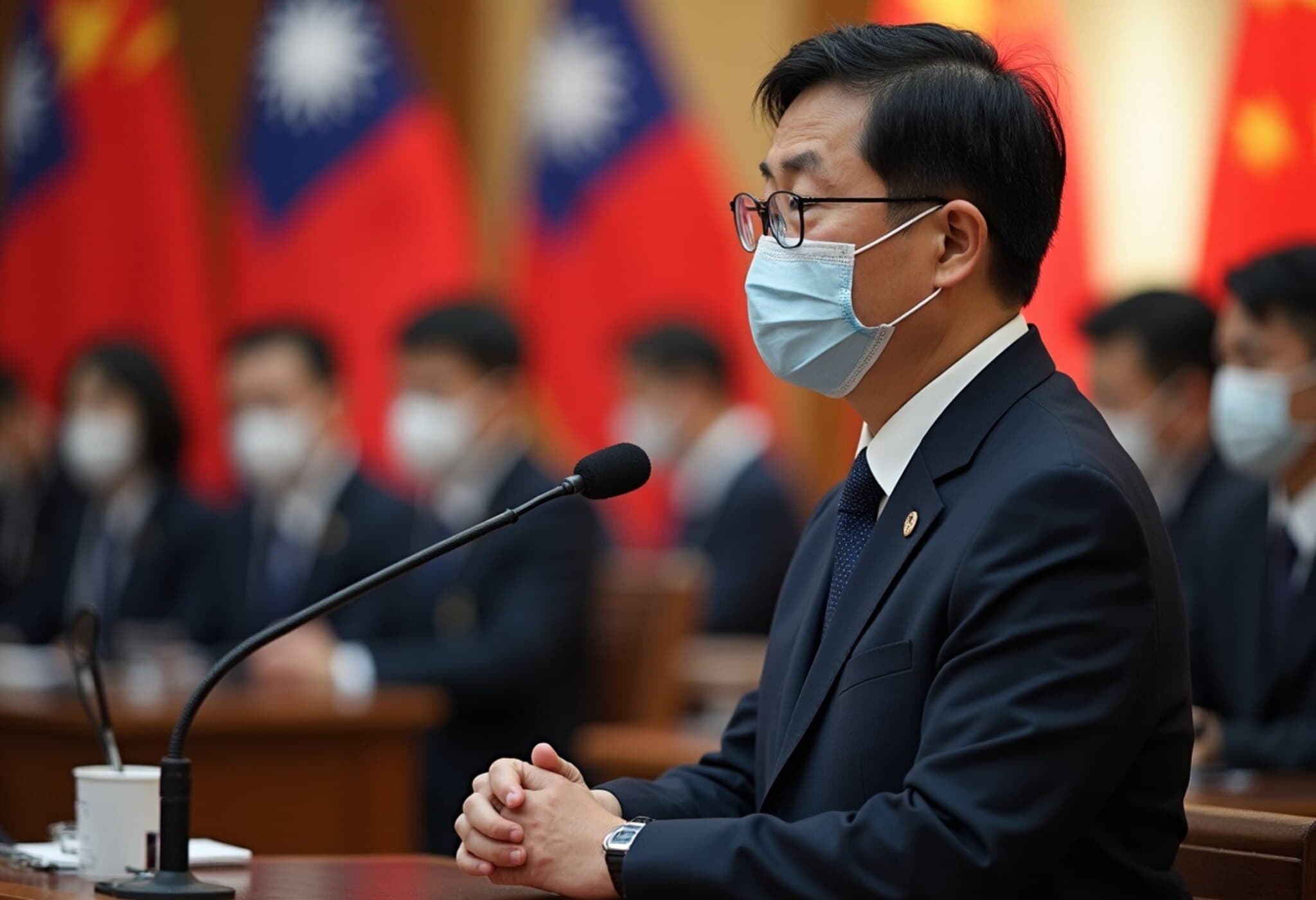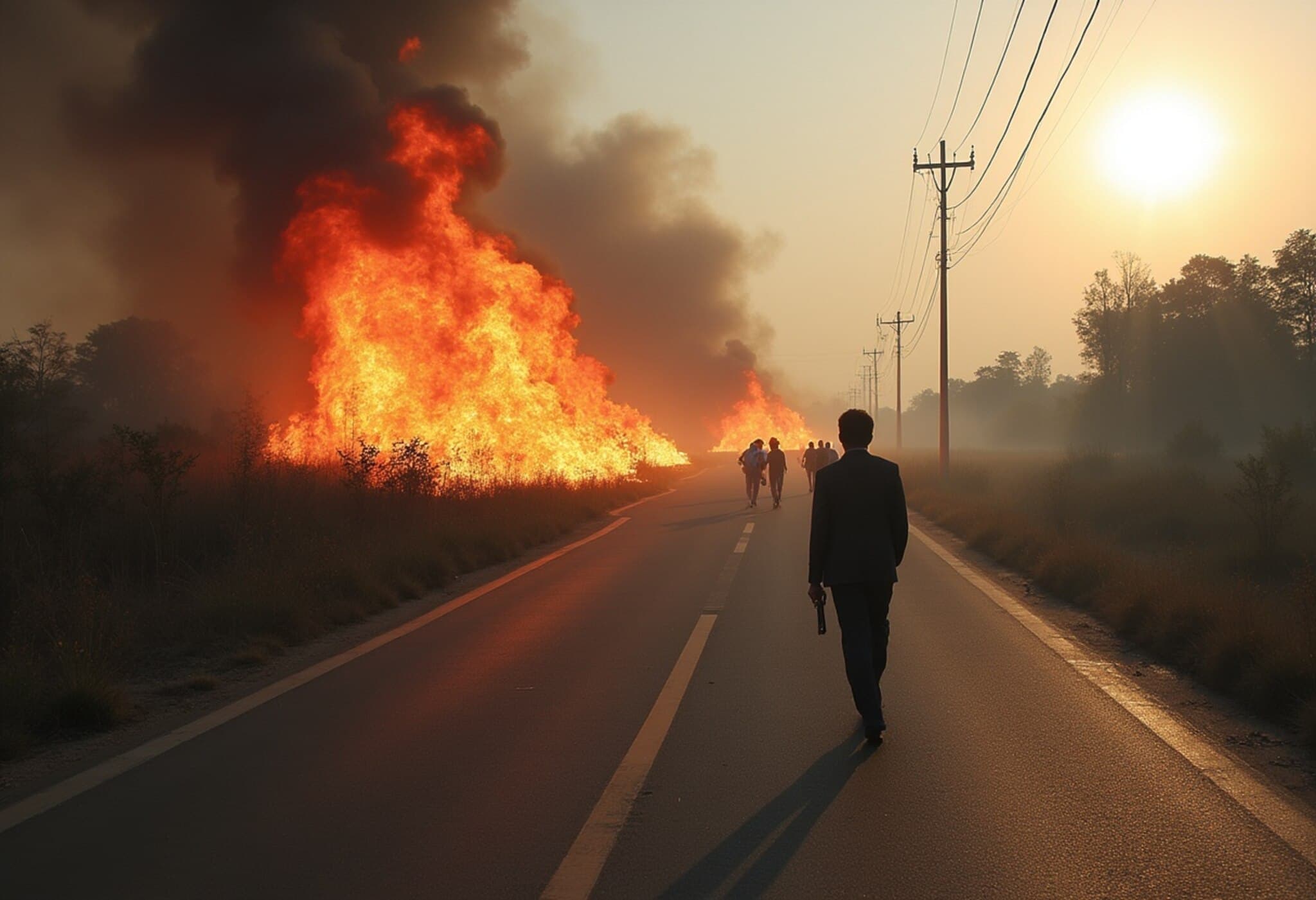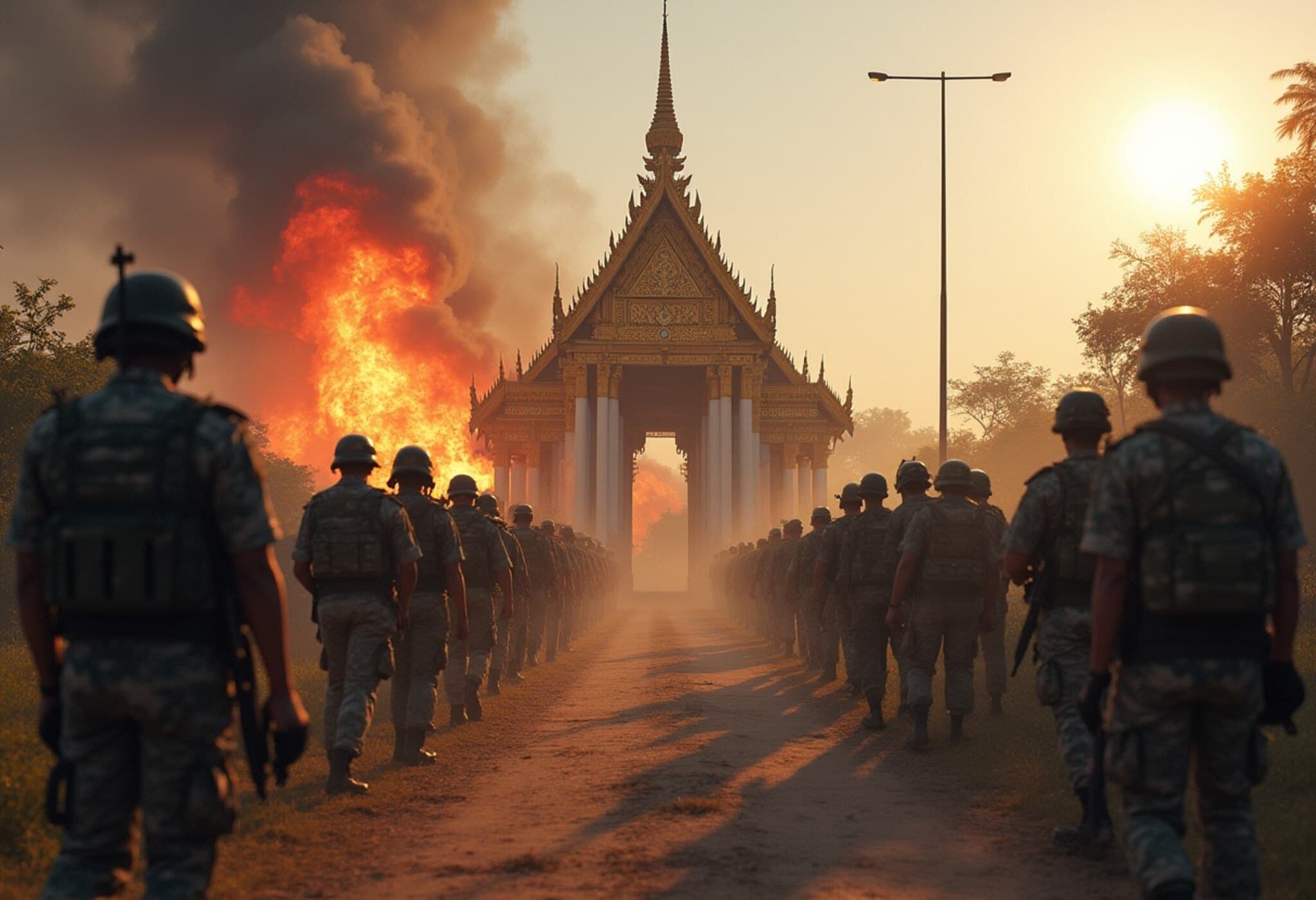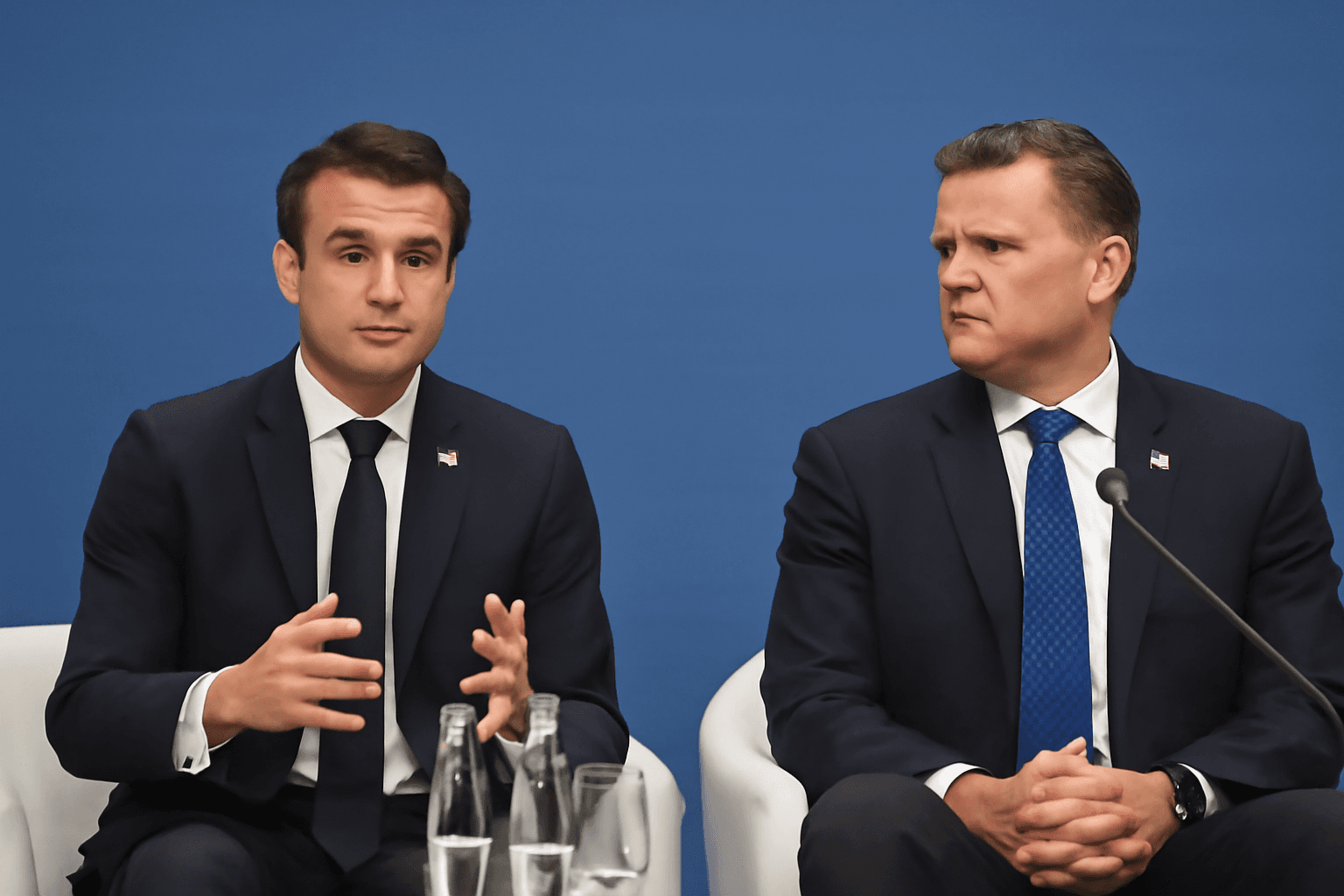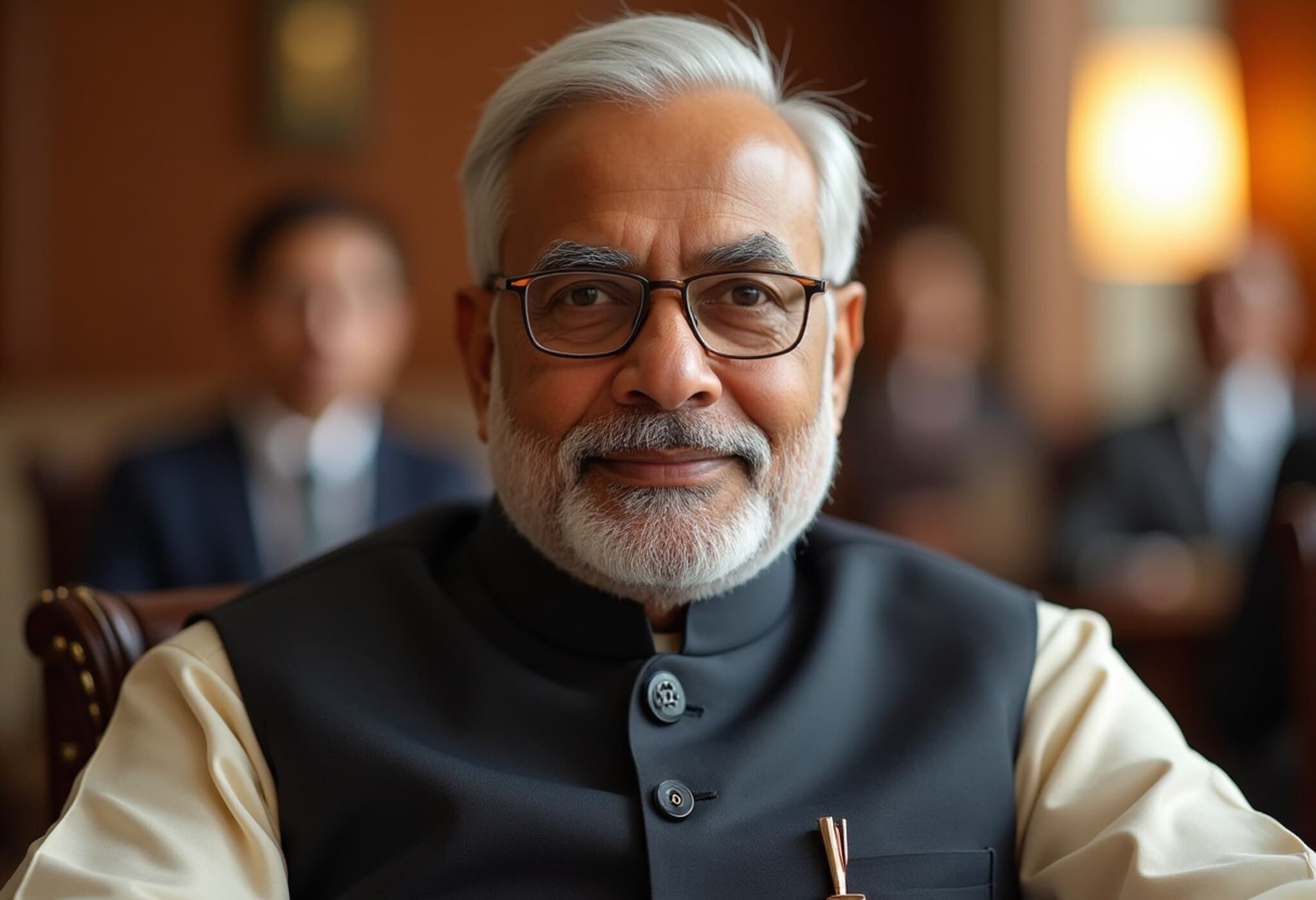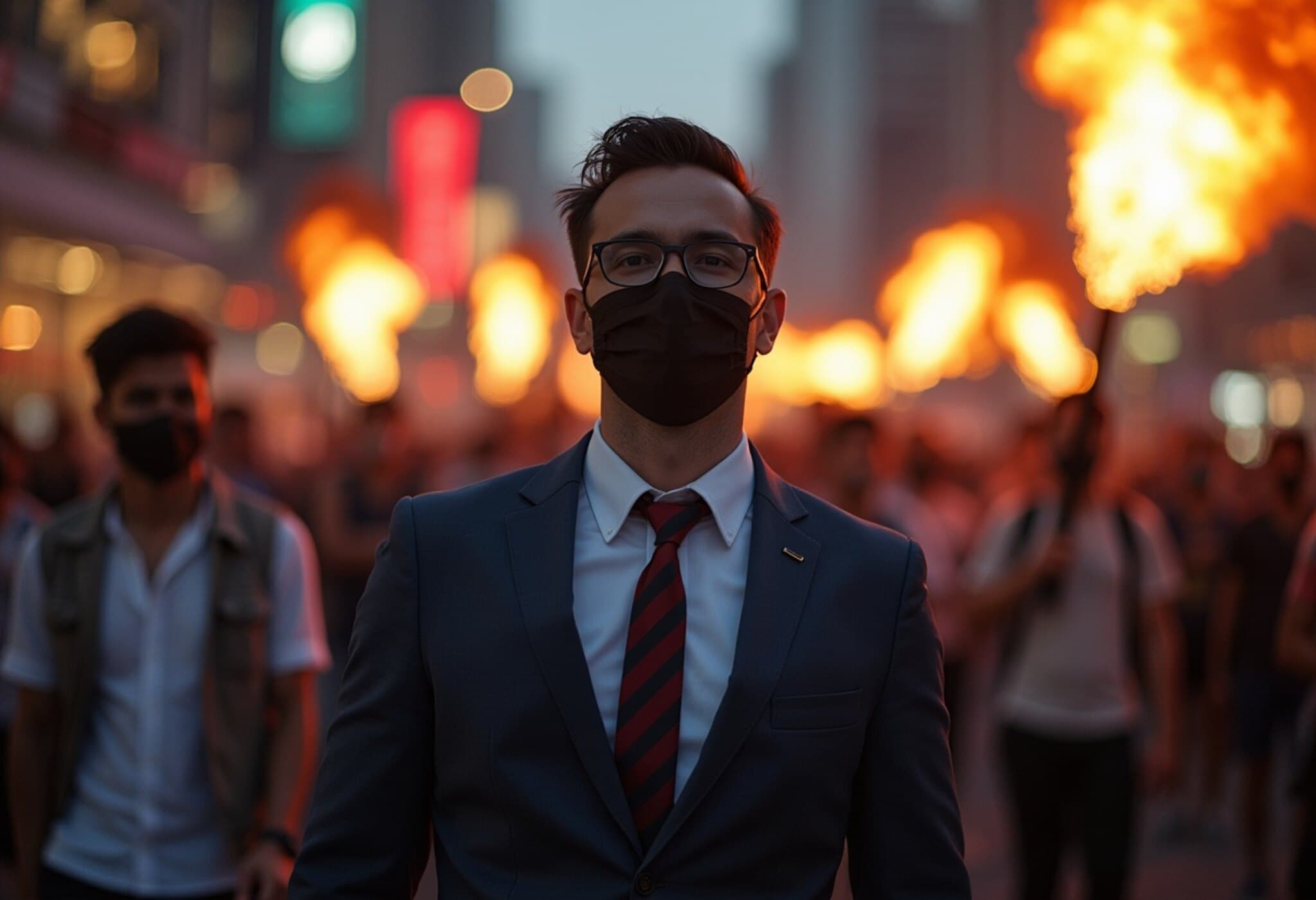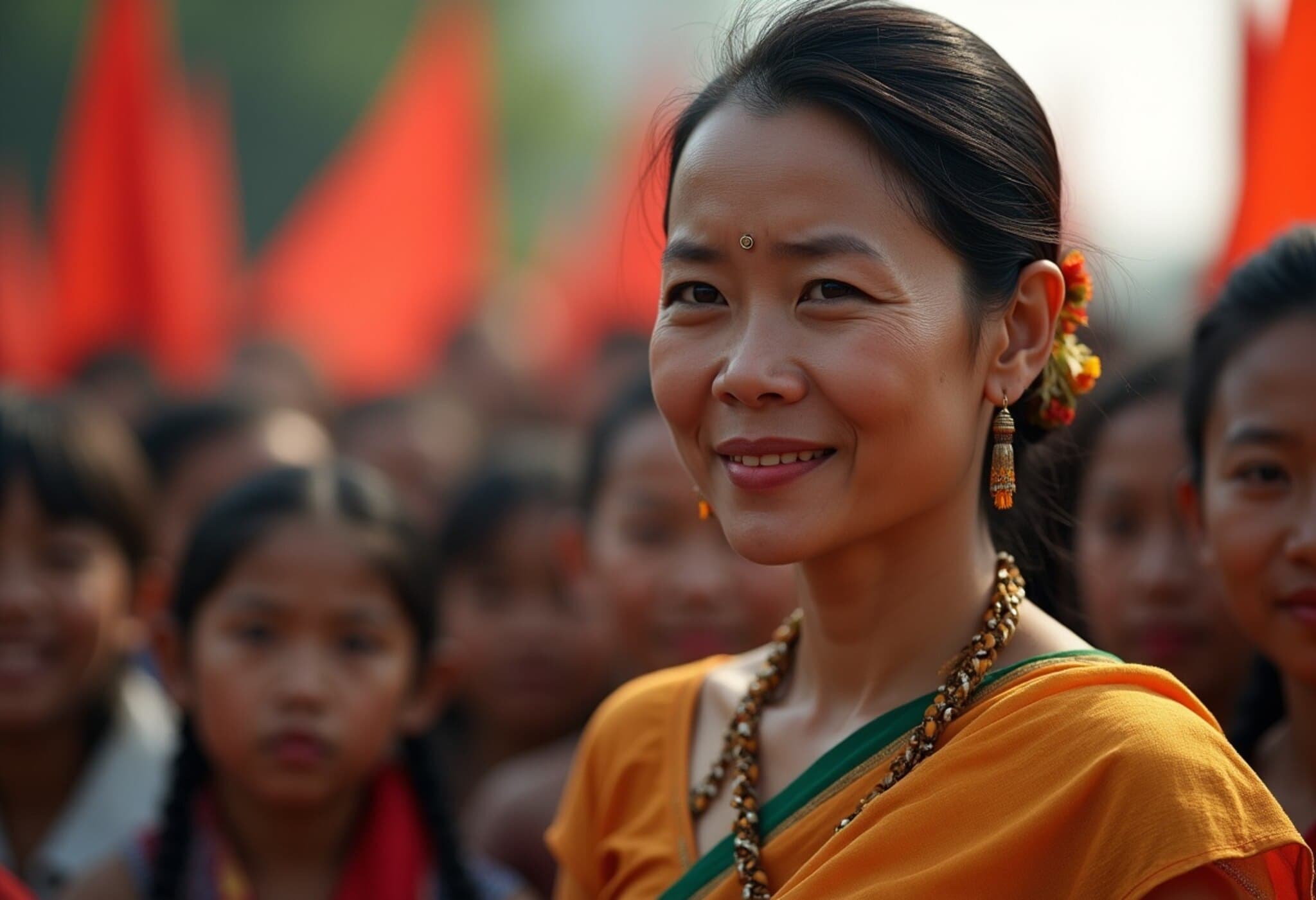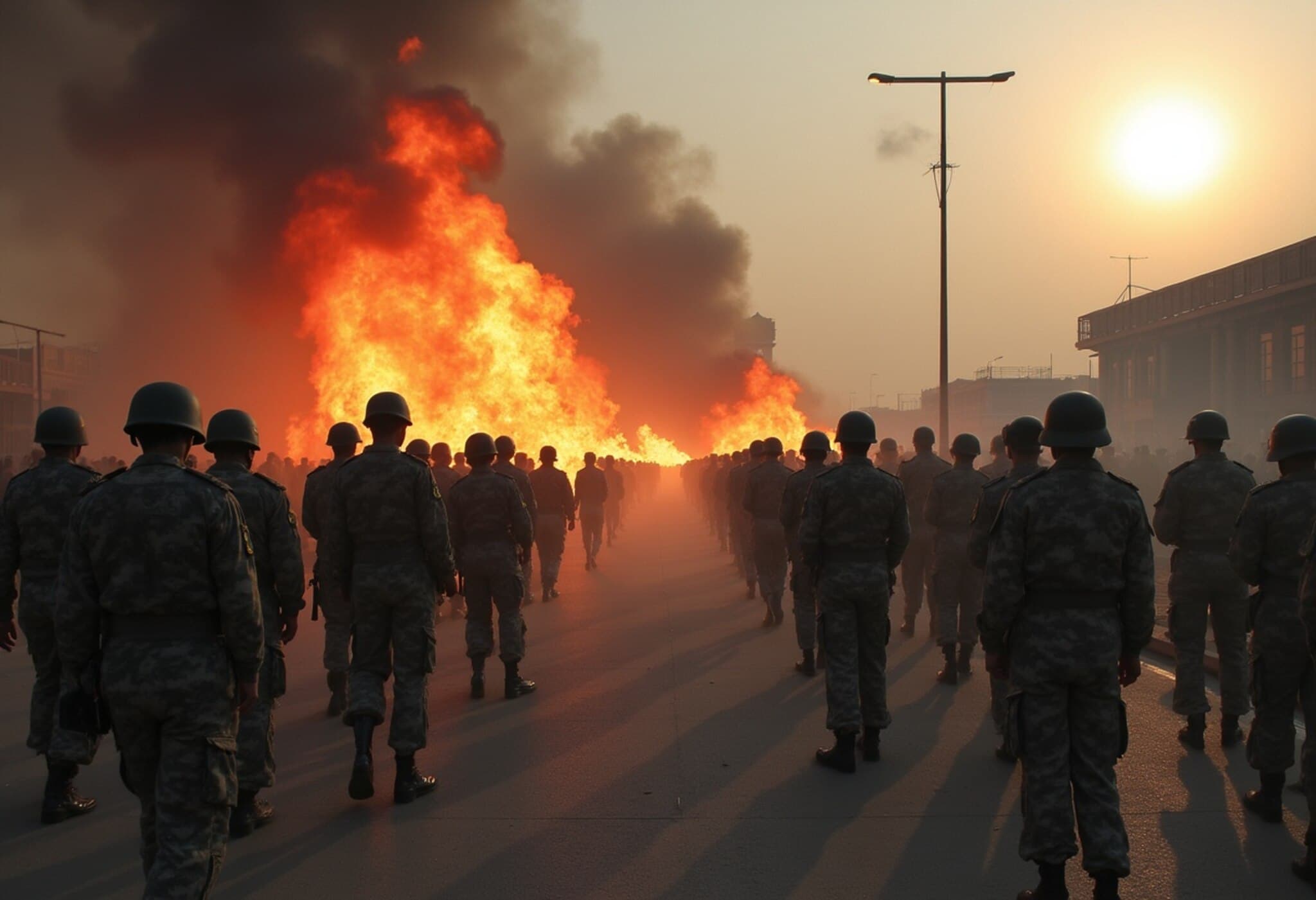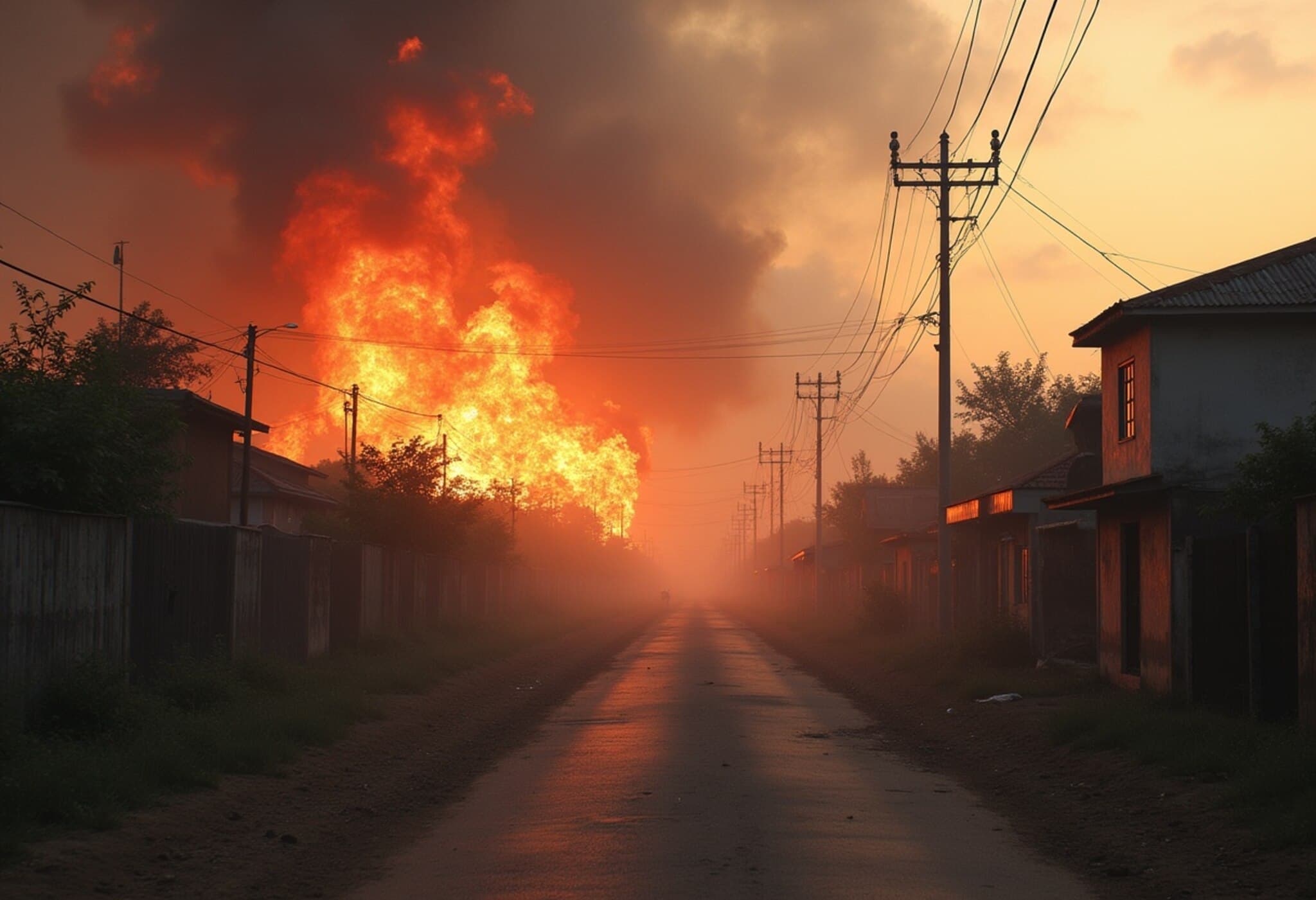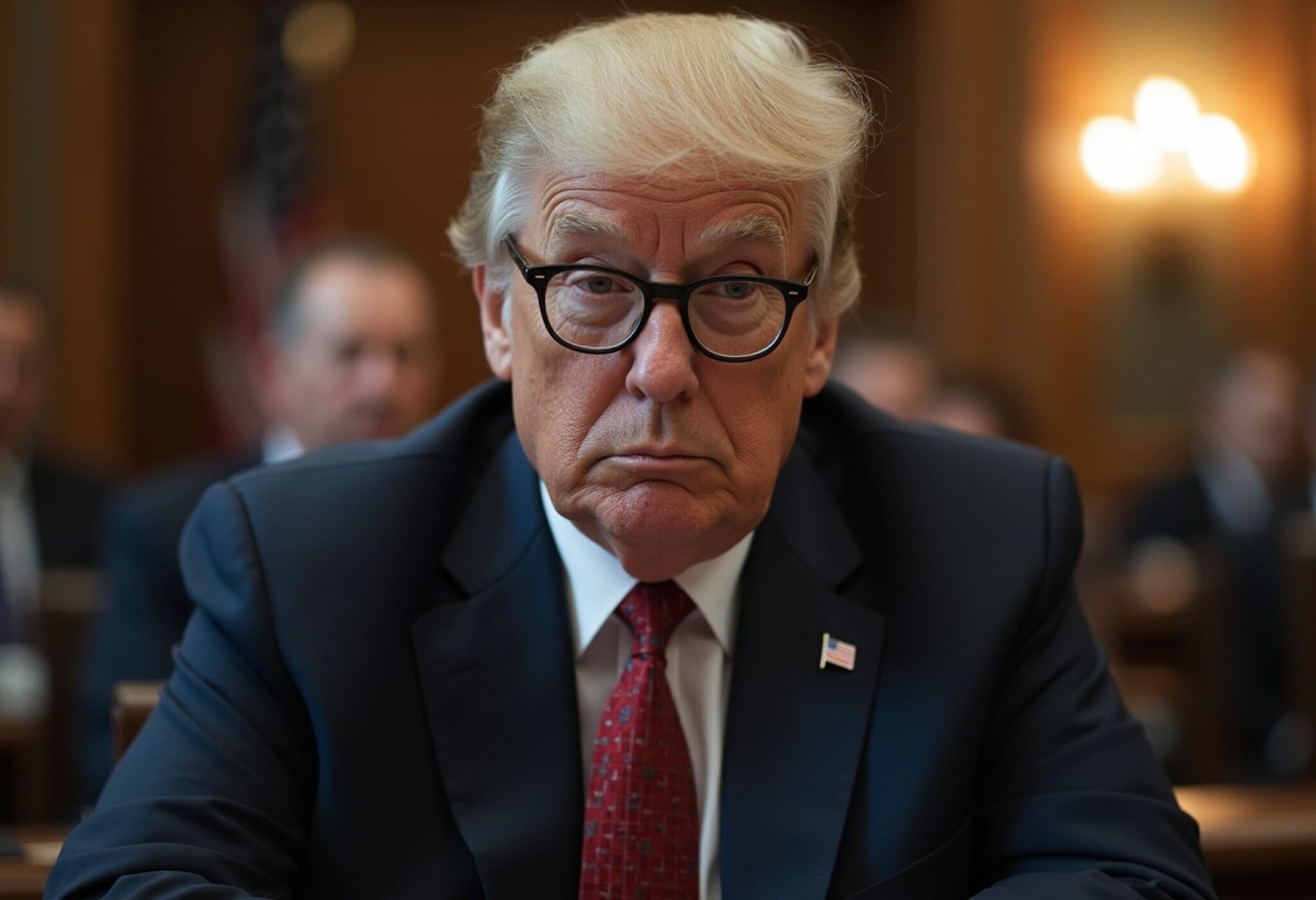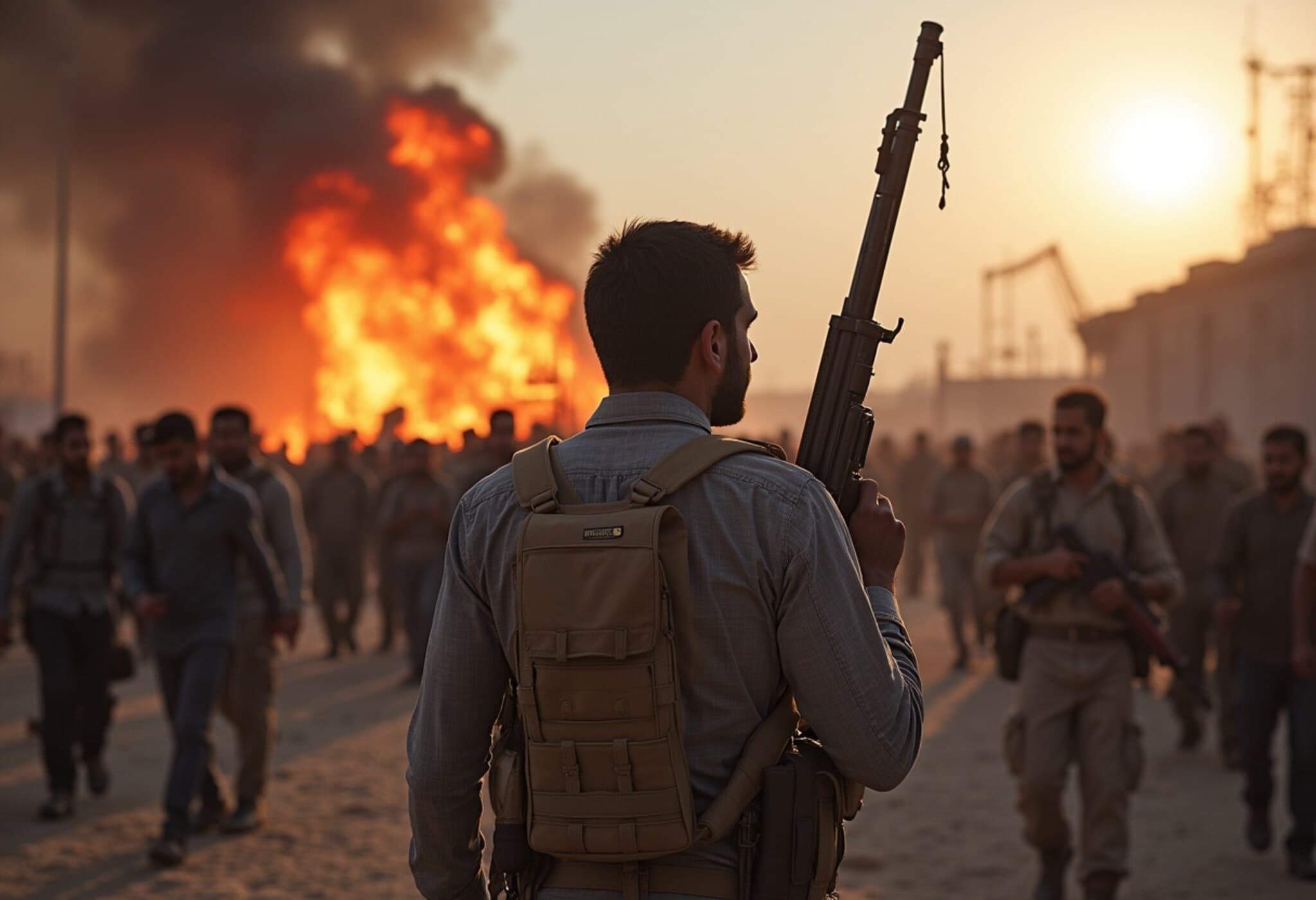Renewed Clashes Between Thai and Cambodian Troops Raise Regional Alarm
In a disturbing turn of events indicative of rising tensions in Southeast Asia, Thai and Cambodian soldiers exchanged gunfire early Thursday near the ancient Prasat Ta Muen Thom temple situated along their contentious border. This incident marks a significant escalation in a dispute that has simmered since May 2025, straining diplomatic relations and destabilizing a region historically fraught with complex territorial claims.
Background: A Fractured Border and Frayed Diplomacy
The border between Thailand and Cambodia has long been a hotspot for rivalry, with disputes centered around culturally and historically significant landmarks like the Prasat Ta Muen Thom and Ta Moan Thom temples. These issues are deeply entwined with national pride and identity for both countries.
The most recent flare-up began in late May when a previous firefight resulted in the death of a Cambodian soldier, setting off a series of military build-ups and sharpened rhetoric. Since then, both nations have bolstered troop deployments and restricted vital trade routes crossing the border, impacting the economic livelihoods of border communities.
Thursday’s Clash: What Sparked the Violence?
The Royal Thai Army reported that the confrontation on Thursday was triggered when Cambodian forces deployed a surveillance drone near their shared border and sent six armed soldiers close to a Thai military outpost. According to Thai officials, Cambodian troops opened fire first, prompting a defensive response.
Cambodia’s defense ministry has presented a different narrative, claiming Thai forces made an unprovoked incursion, to which Cambodian troops fired back in self-defense. This mutual blame game underscores the fragile state of trust and communication between the two militaries.
Diplomatic Fallout
Tensions have notably spilled over into diplomatic arenas as well. Earlier this week, Thailand expelled Cambodia’s ambassador following a landmine incident that injured five Thai soldiers near the border. In retaliation, Cambodia downgraded diplomatic relations and recalled its diplomats from Bangkok, signaling a daunting diplomatic impasse.
Experts warn that such tit-for-tat actions may hinder peaceful negotiations and prolong the standoff, stirring instability in one of ASEAN’s most politically sensitive border regions.
Regional and Global Perspectives
From a broader policy standpoint, this escalation highlights the complexities of border disputes that often mix historical grievances, nationalism, and strategic military interests. The area near Prasat Ta Muen Thom is not only symbolically significant but geopolitically sensitive—it lies near crucial trade corridors that fuel local economies on both sides.
U.S. and international observers emphasize the importance of dialogue and restraint, urging both Thailand and Cambodia to utilize ASEAN-led mechanisms for conflict resolution. Continued clashes risk undermining regional security and could strain ASEAN unity, which is critical for fostering economic integration and political stability in Southeast Asia.
What Lies Ahead?
- Increased Military Presence: Both countries are likely to maintain or increase troop deployments along the border, heightening the risk of further skirmishes.
- Diplomatic Engagement: ASEAN and other international mediators may intensify efforts to broker talks, aiming to de-escalate tensions.
- Economic Impact: Border closures could disrupt trade, harming local communities dependent on cross-border exchange.
The path forward demands careful diplomacy, transparent communication, and a genuine commitment from both governments to prevent a further slide into conflict.
Editor’s Note
The latest clash at the Thai-Cambodian border is a vivid reminder of how historical legacies and national pride can fuel modern geopolitical disputes. Beyond the immediate security concerns, the human impact on border communities and regional economic ties deserves greater attention. How ASEAN navigates this crisis may well define its role in fostering lasting peace. Readers are invited to consider: what mechanisms best serve conflict resolution in such historically charged disputes? And how can local voices be amplified amidst high-level military and diplomatic talks?

